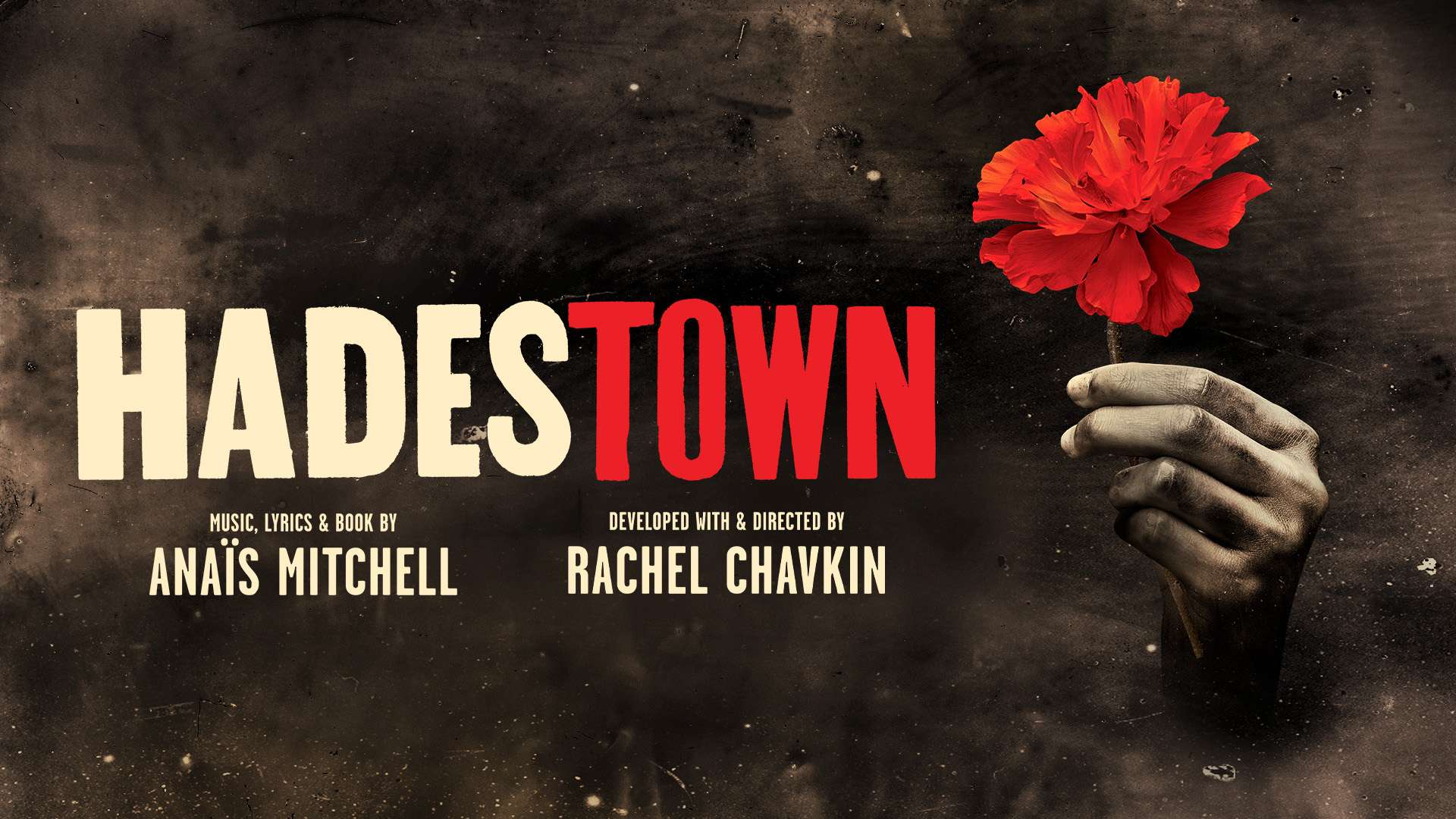

I had the pleasure of seeing Hadestown live in the West End on March 3rd, 2024. It was in the Lyric Theatre – a beautiful and ornate setting for this play, and thankfully, came equipped with the brilliantly rotating floor that’s perfect for this show. Hadestown is a musical that I’ve been listening to since about 2018, and unfortunately for me – I discovered it right after it had ended its first London debut with its test run of shows, and have been waiting for it to return ever since. Which, in a way, is very relevant and poetic of me. This is a musical that I’ve always found fantastic, either the Broadway or Off-Broadway version, and now the West End version too, since I always knew I’d more than just enjoy seeing the production live.

I would describe Hadestown as one of my favourite musicals of all time, and having the opportunity to see it live was not lost on me. I was emotional from the first few notes (and cried more often during the show than just during the ending – anyone sitting near me was a trooper for sure).
I’ve always loved the way its themes seem to rise above the era. When I first discovered it in 2018, I’d had no idea it had been around and predated Off-Broadway with even earlier versions of the recording by Anais Mitchell, since I had assumed there were implications of the 2016 US election, general poverty, and the Great Depression in there. And, there are, but there’s more than that, too – so much of the story circles all the way back around to love, and trust, and faith in yourself and in each other.
The myth of Orpheus and Eurydice is, and remains in this production, a tragedy – which I knew going in, though I still found myself weepy when it happened – and coupled with the mirror of Hades and Persephone, the show is perfect for a Greek mythology enjoyer, as well as anyone who appreciates a good song and dance number, and hands you a good excuse to cry in a theatre from the story.

Softened to the original Broadway recording, I went into the West End production fairly blind to the casting choices.
The acting and singing, and general performance, of each cast member was genuinely incredible. I’d have to pinpoint Gloria Onitiri’s performance of Our Lady of the Underground as my absolute favourite song from the show – which was a surprise for me, as the songs that I tend to gravitate back to the most is Wait for Me, and its reprise. She deserved her flowers and more for that performance, and I’m sure she gives that same energy each night. Genuinely a delight to watch her sing one of the greatest notes in the whole show.

Overall, this show was already near and dear to my heart, but this production was absolutely phenomenal, and worth seeing again and again.





 (4 / 5)
(4 / 5)




 (5 / 5)
(5 / 5)


 (3 / 5)
(3 / 5)









